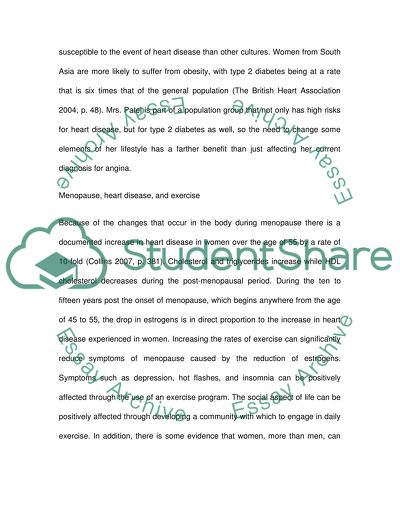Cite this document
(“The Role Exercise Plays in the Maintenance of Health Essay”, n.d.)
Retrieved from https://studentshare.org/health-sciences-medicine/1441658-with-reference-to-your-scenario-discuss-the-role
Retrieved from https://studentshare.org/health-sciences-medicine/1441658-with-reference-to-your-scenario-discuss-the-role
(The Role Exercise Plays in the Maintenance of Health Essay)
https://studentshare.org/health-sciences-medicine/1441658-with-reference-to-your-scenario-discuss-the-role.
https://studentshare.org/health-sciences-medicine/1441658-with-reference-to-your-scenario-discuss-the-role.
“The Role Exercise Plays in the Maintenance of Health Essay”, n.d. https://studentshare.org/health-sciences-medicine/1441658-with-reference-to-your-scenario-discuss-the-role.


